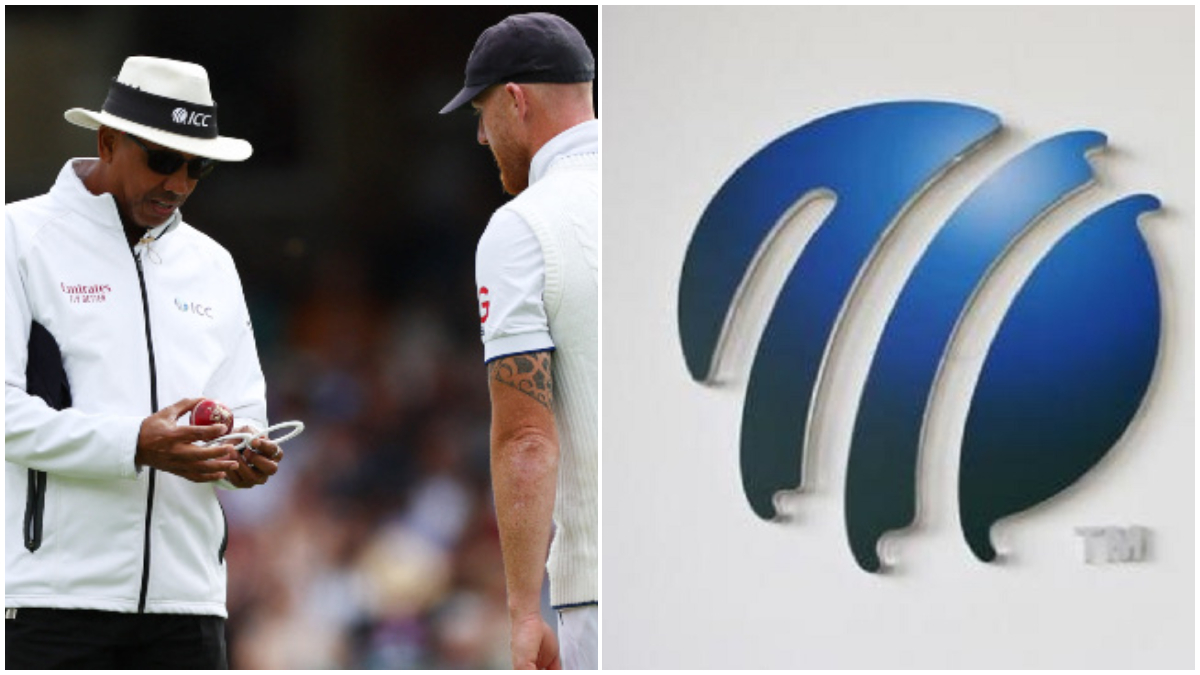The International Cricket Council (ICC) has made several changes to its playing conditions, some of which are already in effect while the others will be implemented from 2 July. Said changes include the introduction of a stop-clock in Test cricket, removal of the mandatory ball change after application of saliva among others, Decision Review System protocol for secondary reviews and combined reviews and more.
Here’s a detailed look at the changes in ICC’s playing conditions across formats:
Stop-clock in Test cricket
Stop clocks have already been in place in One-Day Internationals and Twenty20 Internationals involving Full Members since 1 June, 2024 and has been introduced in Test cricket starting with the 2025-27 World Test Championship cycle – which got underway with the first Test between Sri Lanka and Bangladesh in Galle on 17 June.
In order to tackle the issue of slow over rates in the five-day format, which currently leads to penalties in the form of match fee deductions, the ICC has made it mandatory for fielding teams to be ready to start a new over within a minute of bowling the final delivery of the previous over.
The umpires will give the fielding side two warnings before imposing a five-run penalty. Additionally, the warning count will be reset after every 80 overs.
Mandatory ball change after application of saliva
While the ICC isn’t permitting players to use saliva on cricket balls, which has been in place since the COVID-19 pandemic in 2020, the umpires are no longer required to change the ball soon as a player from the fielding team applies saliva on the ball.
The umpires, therefore, will change the ball only if it is out of shape and does not pass the ring test, or it appears too wet or it has more shine, the decision of which will be left to the discretion of the umpires.
Additionally, the ball will not be replaced if it starts doing things after the umpire has deemed the application of saliva has not altered its conditions. However, in such a scenario, the bowling team will be slapped with a five-run penalty.
Impact Shorts
More ShortsDRS protocols – secondary reviews and combined reviews
In the Decision Review System (DRS), the original call for a secondary review will be set to ‘Out’ instead of ‘Not Out’. So if a batter opts for a review after getting caught-behind, and the umpire decides to check for LBW after finding no contact with the bat, then an ‘Umpire’s Call’ will lead to the batter getting the marching orders instead of staying put at the crease, which was the case until now.
Additionally, combined reviews will follow a chronological order – i.e. if there’s an appeal for an LBW as well as a run-out, the TV umpire will check the first mode of dismissal before moving on to the latter. In case the batter is out LBW, the run-out will not matter as the ball will have become dead at that point.
Fairness of a catch off a no-ball
The umpires will also analyse the fairness of a catch taken off a no-ball. Earlier, the on-field umpires would not bother with the fairness of a catch once they signalled a no-ball, or were made aware of the same by the third umpire.
Also Read | Marylebone Cricket Club deems ‘bunny hop’ catches as illegal
However, as per the new rules, the umpires will have to check the fairness of a catch to decide whether to award extra runs collected by a batter off the illegal delivery. If the catch is fair, then the batting side will only get one run courtesy the no-ball. If not, then the extra runs collected by the batter by running between the wickets will also be added.
Penalty for deliberate short run
The batting team will be slapped with a five-run penalty if one of the batters is found to have taken a short run – that is turned around for a second run without grounding his bat on the other side of the non-striker’s crease.
However, in case the short run is adjudged to be deliberate on the part of the guilty batter, then the fielding team will be given the choice of picking the batter on strike in addition to the five-run penalty.
“A deliberate short run is an attempt for batters to appear to run more than one run, while at least one batter deliberately does not make good their ground at one end. Batters may choose to abort a run, provided the umpire believes that there was no intention by the batter concerned to deceive the umpires or to score the run in which they didn’t make their ground,” reads Rule 18.5.1 of the playing conditions.
Replacements in domestic cricket
The ICC has also asked boards to trial a full-time playing replacement for players getting ruled out due to injuries in the middle of a game. Said player, however, will have to be a like-for-like replacement, which is the case for the concussion substitute rule that has been in place in cricket for years now.
Also Read | Explained: How Harshit Rana controversy inspired a change in ICC’s concussion-substitute rule
Additionally, the injury to the player needing replacement will also need to be evident and visible to match officials, and will not include hamstring issues and other niggles. The rule is being piloted on a trial basis and is entirely up to member boards whether they intend to introduce it or not.
)